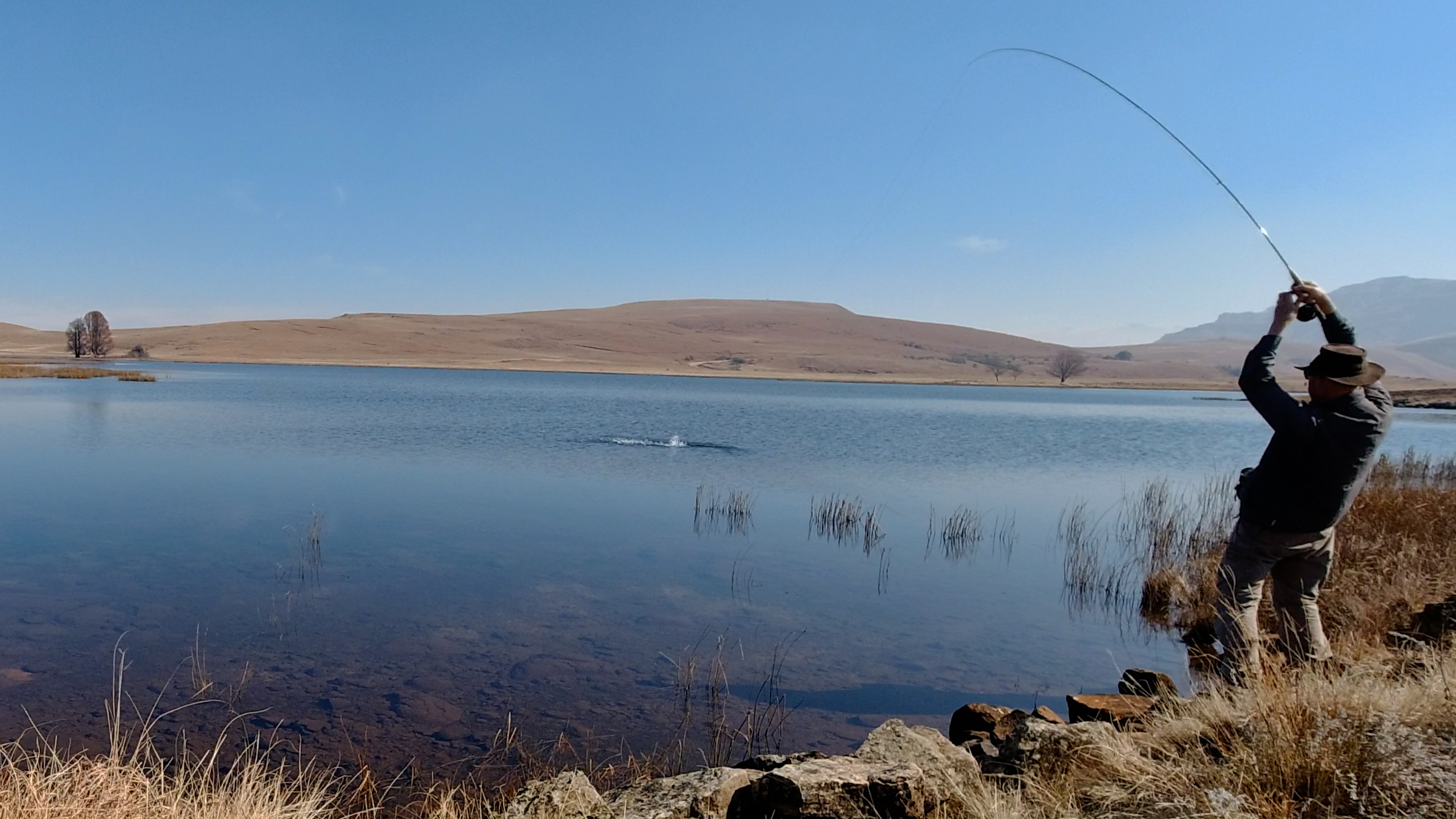“Finally a few words about the strike – a fearful word in the language of the flyfisherman if he knows all that it implies. AHE Wood used a very unusual and successful method of setting the hook. He put the rod low and to the side of the fish and let the current pull the hook into the corner of the trout’s mouth – and he took a lot of time to do it. “ Vince Marinaro writing in Outdoor Life Magazine in 1969.
“And all the time I pointed the rod in a downstream direction. All the time I kept the tip held low to maximise the pull of the current on my hook. All the time the forefinger of my right clamped the line down on the cork. By doing all this , all of the time, I was conducting the perfect ‘non-strike’ – the strike the current does for you” Neil Patterson in Chalk Stream Chronicle. 1995

“We all know that a big trout takes a fly in a leisurely manner, and that we must be equally leisurely in tightening on him.” Huish Edye, The Angler and the Trout, 1941
“The best method I know of is to move the rod low and to the rear of the trout until the line is taught. That’s all.” Vince Marinaro in A Modern Dry fly Code 1950
“There is a kind of trinity of errors in striking. Our reactions are often too quick, too late, or much too hard. Sometimes a run of small fish will badger us into striking rhythm that will either take the fly away from a good trout or break off against its sudden weight” Ernest Schwiebert in Trout, 1979.
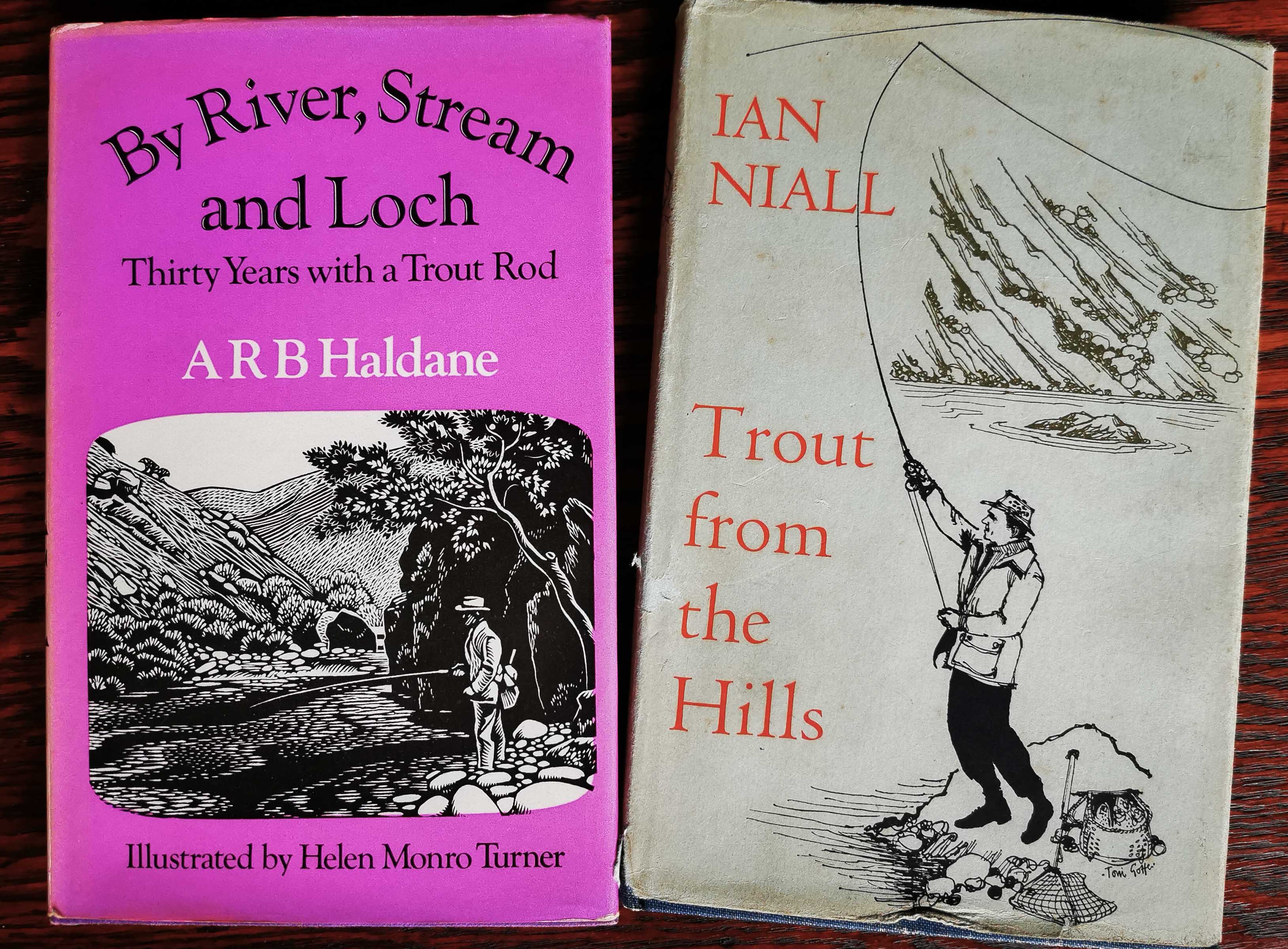
“…..the speed of striking. In these hill burns in Scotland one must strike like lightning as soon as any suspicion of a rise is seen. In Hampshire this is fatal. Particularly, where, as so often, the trout is seen coming to the fly, one must wait. On the Test they advocate the counting of three – and not too quickly at that.” ARB Haldane in By River Stream and Loch 1973.
“There are phlegmatic anglers . I am not one of them. My heart beats fast and sometimes my hands shake a little . Sometimes I groan my dismay and sometimes I laugh out loud. At this third attempt I flicked the fly right away from him at the critical second. A fool gets so many lessons!” Ian Niall in Trout from the Hills 1961.
“….do not be in a hurry to tighten on a fish. It is all too easy to snatch the fly right from the nose of a good fish, but it is not likely that the angler will answer the rise too late. A large trout will carry a fly in its mouth for some distance before ejecting it.” Charles K Fox in Limestone Legends 1947.
“When the angler can see the fish coming for his fly, he must be careful that this sudden realisation of a long deferred hope does not cause his highly strung brain to send down too strong a stimulus to a trembling hand.” JC Mottram 1913.
“There are few habits harder to overcome than that of hard striking. We have all seen fish fairly yanked out of the water and maybe have done this ourselves. The smallest possible movement of the rod is required and it is not necessary to volley a rise with the rapidity which some people advocate . The action of the rod we use has much influence on striking, as with the old fashioned willowy rod , quick action was necessary and a little too much force did no damage. With one of the powerful, lightning quick split bamboo rods of our best makers, a light hand is most desirable. Too much power in the strike will break the fine gut…..: Theodore Gordon in a letter to Field and Stream in 1906.
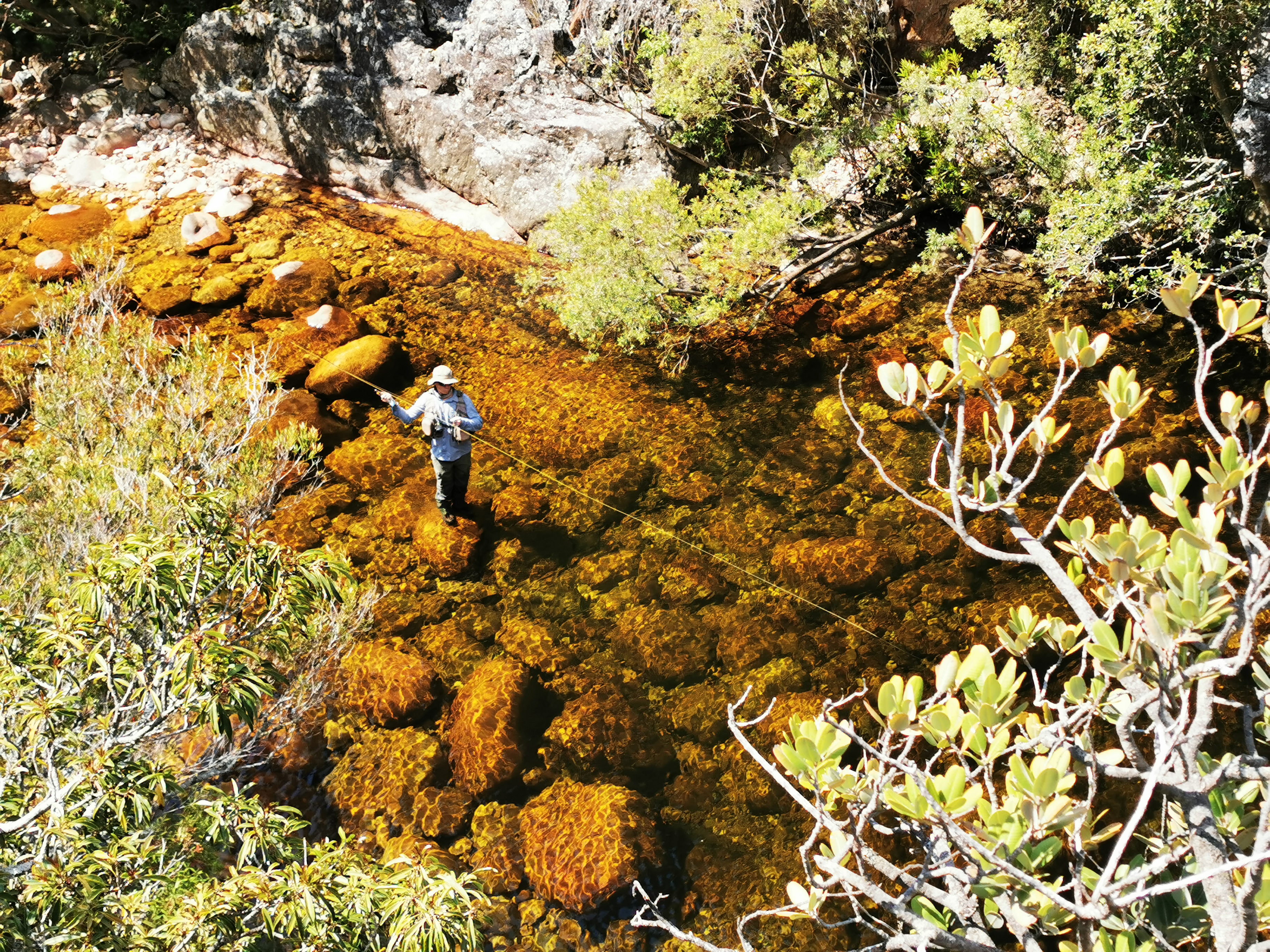
“Matters are often simple…..for the wet fly fisherman if the trout comes up to his fly with a swirl, but he has to remember that if his fly be well sunk he must be very quick or he may be too late,….” GEM Skues in The Way of a Trout with a Fly 1921
“….the usual result in these cases is a violent reaction on my part intended to be a strike, something I fervently wish I had never learned, and the matter is concluded by a sudden parting…” Vince Marinaro 1961
“To describe the power you need in a typical dry fly strike, think in terms of the force you’d use tugging someone’s shirt to get his attention in a busy room. It’s a brief tug, and above all it’s light and transitory” Tom Sutcliffe in Hunting Trout 2002
“…spectacular behaviour is often too much for our nerves and we succeed only in snatching the fly away. …… Proper timing demands an exaggerated pause until the fish has clearly taken the fly and disappeared with it. And the strike should be rather sharply executed.” Ernest Schwiebert 1979.
“others have learned to drop the rod tip instead of raising it when a fish takes the fly. This method transmits enough energy along the line to set a tiny hook, but seldom shears a fine tippet if properly executed” Ernest Schwiebert 1979.
“ I’m inclined to react too fast and a bit too hard, and this is a common fault that causes a lot of trouble for trout fishermen in general…” Ray Bergman, Trout 1938.
“Don’t strike too hard – as in don’t rear back like a stallion stung by a swarm of wasps” Tom Sutcliffe 2002
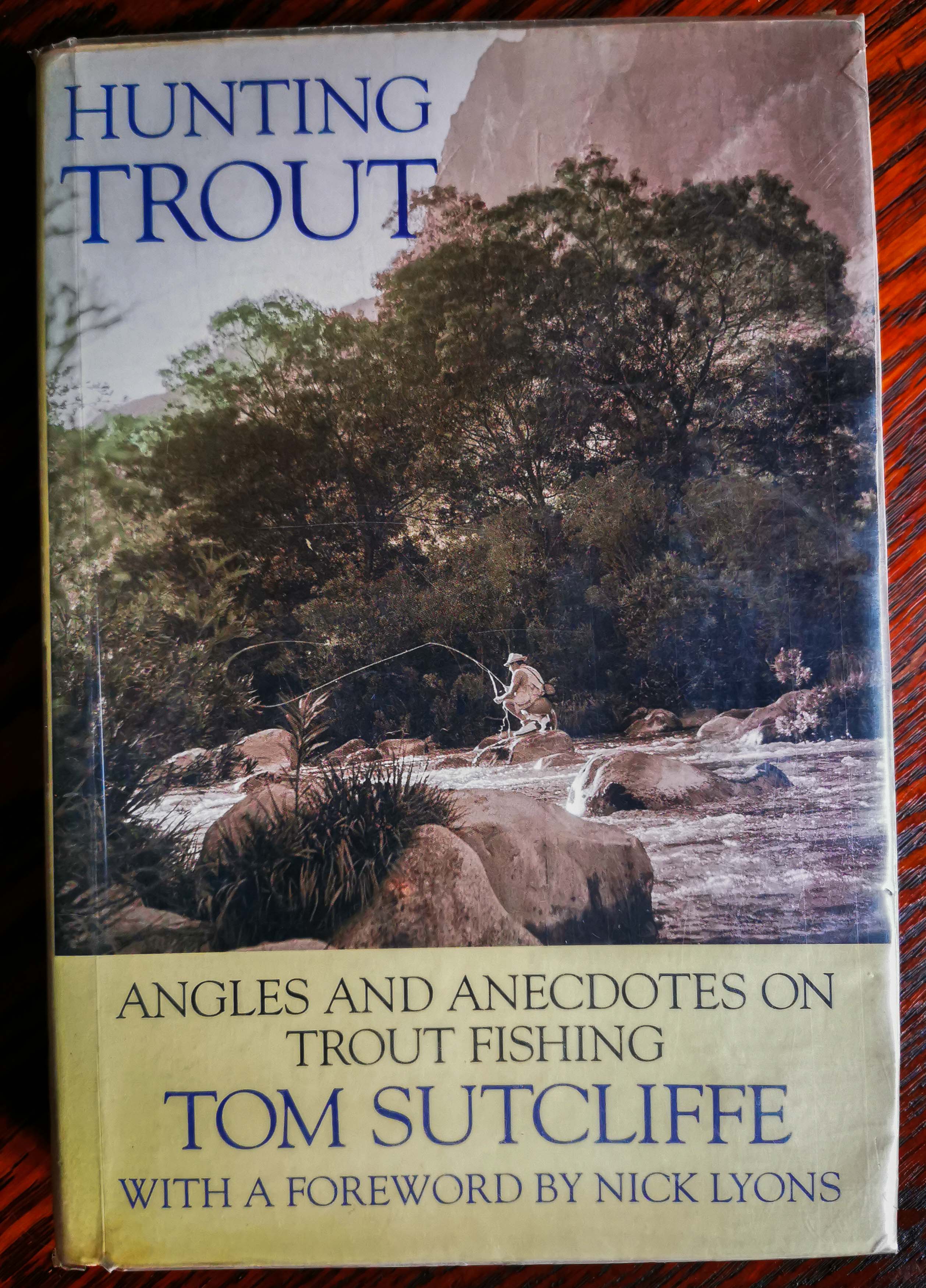
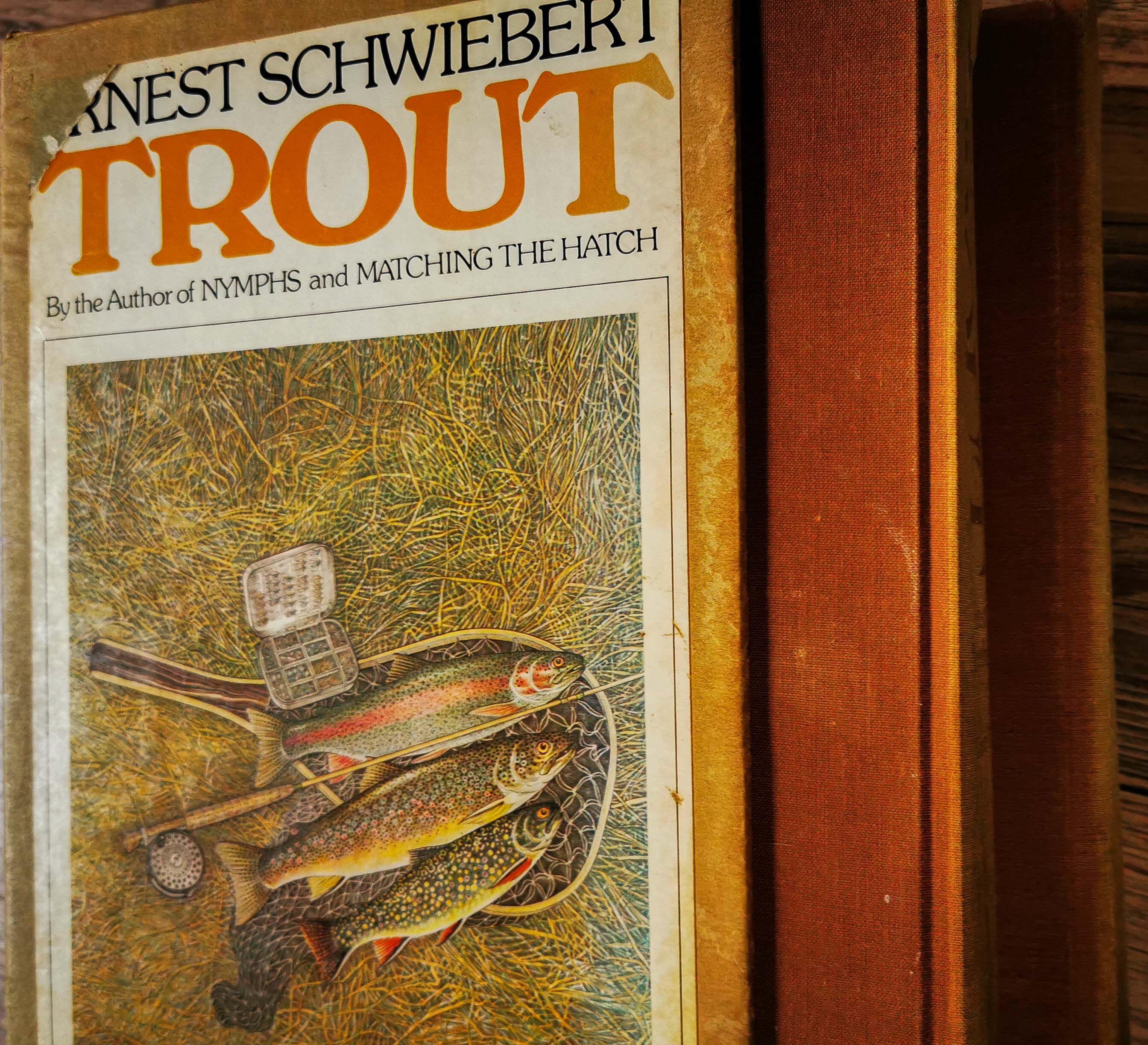
“No matter how much we are determined to strike deliberately and without force, a continuation of these rises from small fish gets us into a state of nervousness that causes us to strike with a quickness and verve that are disastrous when a good fish rises” Ray Bergman. 1938
“….this is a time when you have all nerves well under control and muscles ready to respond smoothly to commands of the brain. This is easier to advise than to accomplish. It takes considerable time, if indeed it can ever be done, to conquer one’s nerves and to act as a fishing machine. I know that I shall never have a complete mastery.” Frank Sawyer in Nymphs and the Trout 1958.
“The striking effort need only be a snap of your wrist backward” Chuck Fothergill, Masters on the Nymph 1979.
